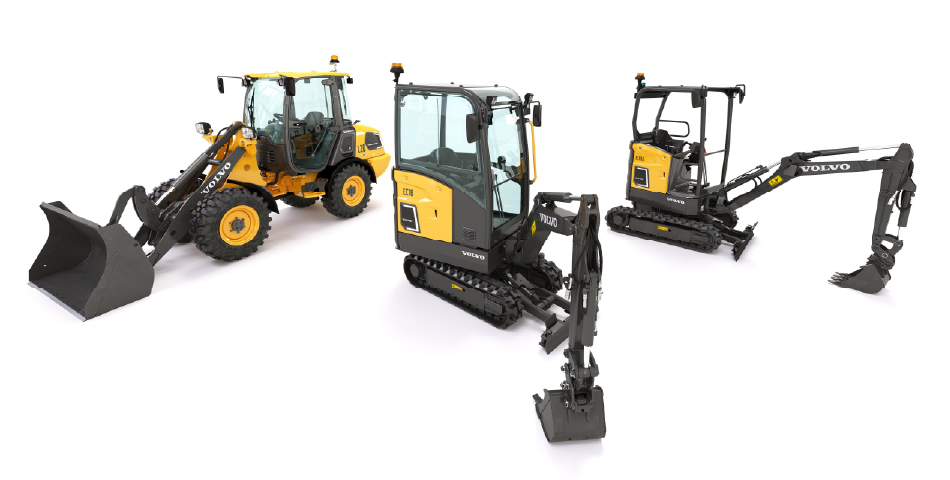


Whatever your operational requirements you can choose from a range of multiple charging solutions.

The Volvo L25 Electric delivers all the performance you would expect from a wheel loader in this size class, with maximum traction as well as best off-road capability and stability, but with less noise and zero-emissions.

The significant reduction in noise, vibration and heat, as well as no exhaust fumes, enhances the already industry-leading cab comfort.

Unlock new opportunities with the Volvo L25 Electric. The low noise level means you can work outside of standard hours and in noise sensitive environments. With zero-exhaust emissions, it is also possible to work in low-emission areas.
| Electric motor driveline (net) | 22 kW |
| Electric motor working hydraulics (net) | 14 kW |
| Standard bucket capacity | 0.9 m³ |
| Kinematics with attachment bracket design | Z |
| Tipping load (ISO/DIS 14397-1) | 3,350 kg |
| ...at full turn | 38 degree |
| Breakout force | 31 kN |
| Hydraulic lifting capacity, max | 55 kN |
| Fork payload 80% | 2,000 kg |
| Max. dump height | 2,495 mm |
| Operating weight | 4,900 - 5,270 kg |
| Maximum travel speed - Standard | 20 km/h |
| Battery voltage | 48 V |
| Battery capacity | 40 kWh |
| On board charging time 400 VAC 16A | ~6 |
| Off board charging time 400 VAC 32A | ~2 |
| Indicative runtime (depending on application) | Up to 8 hours |
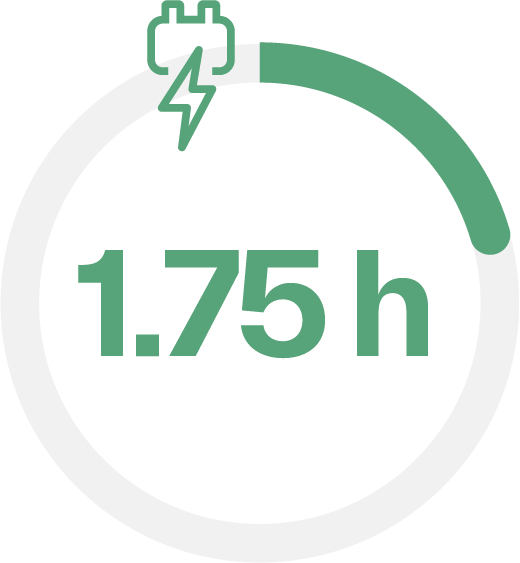
17.3 kW DC (0-80%)
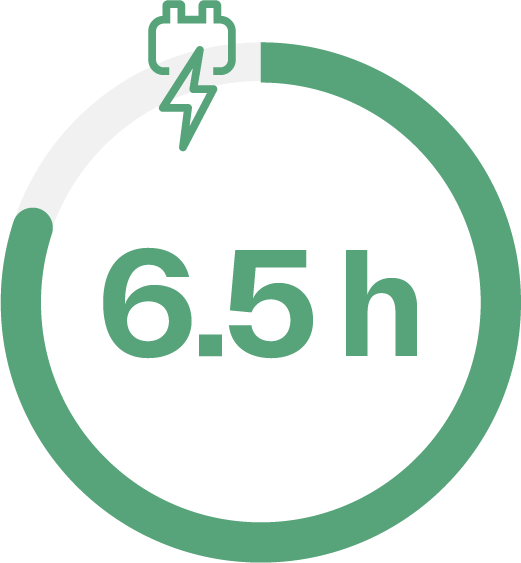
16A AC on-board charging cable (0-100%)
The charging times are an estimate for informative purposes only. Actual values may differ based on power limitations you may have on site. Volvo CE makes no, and expressly disclaims any, representations, express or implied, regarding this website, including the accuracy, completeness, or reliability of the calculations, and other items on this website.

On full charge, based on low workmode.
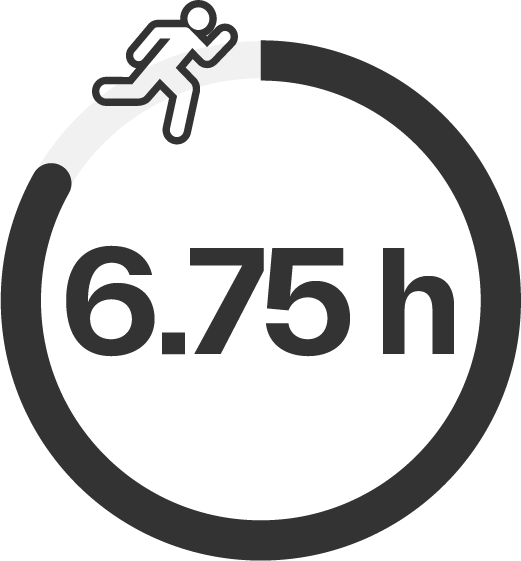
On full charge, based on low workmode.
Compared to diesel machines, electric machines have the benefit of not consuming energy while idling. If you charge your machine during your normal breaks, you can optimize the capacity of the machine during your workday.
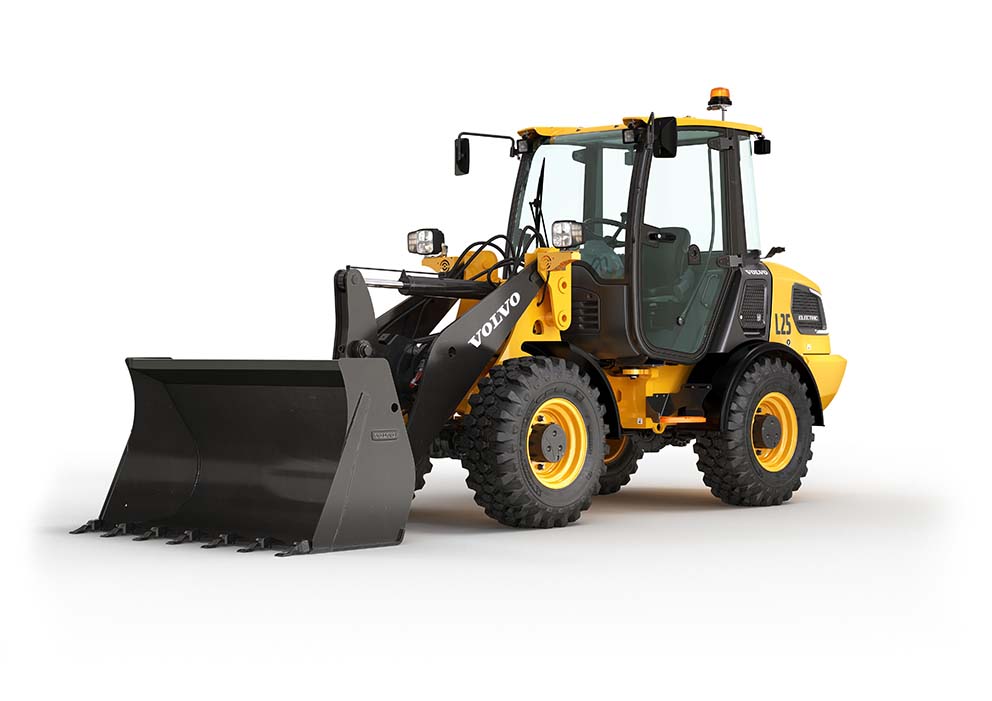 |
 |
|
| Model | L25 | L20 |
| Weight: | 4,900 - 5,270 kg | 4,550 kg |
| Max travel speed: | 20 km/h | 20 km/h |
| Standard bucket capacity: | 0.9m3 | 0.8m3 |
| Electric motor driveline (net): | 22kW | 22kW |
| Battery capacity: | 40 kWh | 33 kWh |
| Battery voltage: | 48 V | 48 V |
| View Model |

The open design and excellent visibility through the Z attachment bracket allows quick and safe interchange of the attachment. Covers a wider range than P Type.
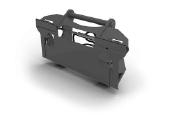
Attachment bracket according to the skid steer standard, allows interchange ability of attachments between wheel loaders and skid steer loaders.
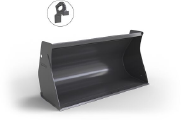
The best choice for all-round efficiency, the General Purpose bucket is suitable for handling and stockpiling already-processed material, in both short cycle and load and carry operations.

The Multi-Purpose bucket can be used as a general-purpose bucket, dozer blade or leveler. A position indicator located on the cylinder gives operators visual guidance on how open the bucket is, helping to accurately distribute material.
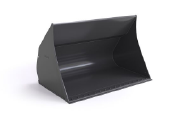
Featuring the best possible visibility and dumping angle, it is tailored to deliver superior performance when loading light and loosely-packed material - such as coal, sugar beets, compost, grain or woodchips.
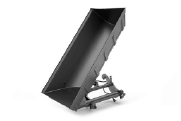
The side tip general purpose bucket is perfect for diverse applications as tunnel construction, building levees, filling trenches.
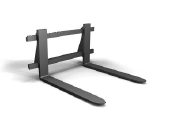
Pallet forks are ideal for pallet and material handling. Heavy-duty design provides fork strength to handle all the loads that the machine can handle.
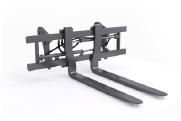
Thanks to the Fork frame with hydraulic fork tines positioner operators can quickly and easily change tine spacing while on the go, all from the convenience of the cab utilizing the third hydraulic function.
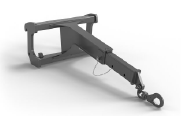
Features including a mechanical telescopic section with 4 different positions, built-in mechanical stop end to prevent overextension and smooth arm movements contribute to safe and efficient handling of a variety of loads.
Electromobility means vehicles - including cars, buses, trains, trucks and of course, construction equipment - that are fully or partly driven electrically and have a means of storing energy on board.
Electric machines use an electric motor to propel or perform the main purpose of the machine, whereas a hybrid machine uses more than one power source - usually electric and diesel - and captures and reuses energy that would otherwise be wasted.
Electric vehicles do usually have a reduced environmental impact compared with diesel and gas-powered vehicles. Electric drivelines are generally more energy efficient and emit no exhaust emissions locally where the products are used.
Stricter carbon emission regulations - as well as our customers' own CO2 reduction targets - are certainly pushing this technology forward, but we believe that also desire for greater efficiency and reduced noise are key drivers.
Volvo CE has been researching and developing electric and hybrid technology since as far back as 1998.
So far the amounts of used surplus batteries are fairly low, but as Volvo ramp up their production of electrified machines the need for recycling and reuse streams will increase. To be prepared for this Volvo CE is working together with waste contractors and other actors to maximize the recycling rate of electric batteries. Volvo are also looking into second use possibilities of old batteries to find potentials to prolong the battery lifetime in other applications, e.g. energy storage in facilities.
Yes, Volvo will take care of the recycling of EV batteries. Assuring sustainable management of EV batteries throughout the lifecycle of the product will be an important component in achieving a circular and sustainable transport sector for the future. The producer responsibility regulations that many countries have mandates the battery manufacturers to collect the batteries. Due to considerable values (metal content, etc) of used batteries, there is also a financial driver providing opportunities for partnerships and 3:rd party involvement within the industry. Volvo Group has recently formed the company Volvo Energy who will develop electrification solutions to the group. Battery recycling, recovery and reuse solutions will be developed and managed by Volvo Energy going forward.
To assure that the materials used in the electric batteries in Volvo machines, Volvo CE is assessing all parts to assure that any occurrence of Tantalum, Tungsten, Tellur, Gold and Cobalt come from non-conflict sources. Lithium ion batteries contain certain scarce materials such as e.g. heavy metals and Rare Earth Metals. Some of the scarce materials that can be found in Li-ion batteries and other electromobility components are known to sometimes be derived from sources known to directly or indirectly benefit armed groups in the area of origin. Often these materials are referred to as Conflict Minerals.
Volvo CE's electric equipment offer consists of 5 compact models, Volvo ECR25 Electric, Volvo ECR18 Electric, Volvo EC18 Electric, Volvo L25 Electric, Volvo L20 Electric. Volvo have committed to having 35% of their machine sales be electric by 2030.
All Compact Electric models are supplied with a 2 years/ 2000 hours* comprehensive warranty, using genuine Volvo parts. The battery is covered with a 5 years/ 5000 hours* warranty, using genuine Volvo parts. *Whichever is earlier.
For further details, please contact TDX Ltd.
The electric motor has replaced the diesel engine, but the majority of the hydraulic system in most cases has stayed common to the diesel model base parts with retuning to match the improved performance of the electric drive systems.
Depending on the type of job (application and intensity of the work cycle), with a typical stop-start working pattern, you can operate the machine for up to an 8 hour working day with one single charge.
You can contact your local dealer to calculate the net operating time. The expected operating time is based on your input on how you plan to operate your machine. Have a look at our dealer locator to find your closest dealer and they will help you further.
Depending on the type of job (application and intensity of the work cycle), with a typical stop-start working pattern, you can operate the machine for up to 4 hours with one single charge.
The expected operating time is based on your input on how you plan to operate your machine.
The electric loader recovers energy in all driving conditions while using the brake function of the electric drive system.
The performance of the Volvo electric excavator and electric loader has been successfully tested on ambient temperatures between -10°C and 40°C.
For example: With the optional fast charging device (380V-420V three phase), it takes 1,5 hours for the L25 Electric to charge to a level of 80%.
For example: With the standard charger (220V-240V) which comes along with the machines, the L25 Electric takes 9,5 hours* to charge to a level of 80%.
For example: With the optional fast charging device (380V-420V three phase), it takes less than 1 hour for the ECR25 Electric to charge from 0% to a level of 80%.
For example: With the standard charger (220V-240V) which comes along with the machines, the ECR25 takes 6 hours to charge to a level of 80%*.
When it comes to e-mobility fast charging devices, Volvo currently offers two different fast charger options for the electric product range:
17.3kW Indoor Fast Charger electric battery charger:
High-power fast charger, optimal for increased daily usage, designed for indoor use.
17.3kW Outdoor Fast Charger electric battery charger:
Heavy-duty fast charger for demanding applications and designed for outdoor usage out on the field.
The electric wheel loader and the electric excavator are delivered with an on board charger and the required plugs ( single phase, 10amp and 15amp). With those, the machines can be plugged into a normal household grid to charge the battery. For the optional fast charger of the electric wheel loader battery or the electric excavator battery, a 3 phase supply is needed.
This is one of the major advantages of the electric construction equipment. Electrical components, batteries and motors, are maintenance free.
The batteries used in our electric construction equipment are designed to last the full life expectancy of the machine.
The batteries in our electric construction equipment are designed to maintain a capacity of over 80% beyond the first life of the construction machine.
Yes, the batteries for the new electric excavator and wheel loader range, can be charged at any point in time. The lifetime of lithium ion batteries profits when they are not always fully discharged and recharged.
For example ECR25 Electric and L25 Electric are based on conventional construction equipment design. Only the electric components are new in the vehicles. With its new technology the ECR25 Electric and L25 Electric can deliver similar performance to their diesel versions.
Volvo electric excavators and electric wheel loaders are designed to be used in the same applications as the equivalent diesel machines, like for example demolition, landscaping and utility work.
Furthermore, the electric excavators and electric loaders are even better suited for environments and applications where noise, exhaust emissions or vibrations are a problem today, such as indoor demolition, farming or food processing applications.
In most sites, the lack of engine noise from the electric construction machines is an advantage from a safety perspective as it enables better communication between coworkers on site. Furthermore, a white noise function is offered as an option for Volvo's electric construction equipment, that allows people around the machine to hear without the health issues related to noise.
